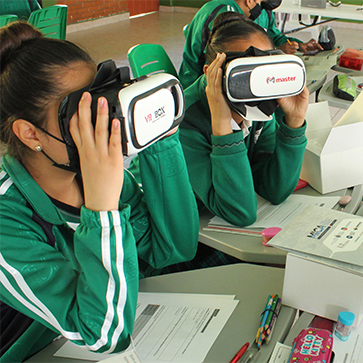No internet, no cell reception: Teaching in a mobile classroom
Selene Esparza teaches migrant children in remote areas of Mexico. Often, they have no access to a classroom, let alone internet or mobile phone reception. The young teacher was able to create engaging lessons for her students that drew upon experiences from their everyday lives. Her lessons convinced the children’s parents to let them go to school instead of bringing them to work in the fields.
»The students were so proud. They learned that they could use STEM to solve their community’s problems.«
Selene Esparza, secondary school teacher for remote communities in the state of Zacatecas, Mexico
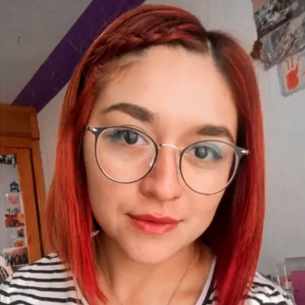
The COVID 19 pandemic has made the need for digital teaching and learning materials in school lessons undeniable. Figures from UNESCO indicate that some 160 million students in Latin America alone were impacted by school closures. In response to the need for urgent action, Siemens Stiftung joined forces with partner institutions and education ministries in Latin America to launch the STEM Education for Innovation initiative. With financial support from Siemens Caring Hands e. V., the initiative enabled access to innovative educational formats for STEM classes in seven countries. A series of interviews with educators provides a glimpse of how everyday life has changed in kindergartens and schools.
STEM Education for Innovation
Learn about the 14 projects in the Latin American STEM education initiative.
Despite the challenges brought on by the pandemic, teacher Selene Esparza was able to utilize online resources provided by the education initiative to create engaging lessons for her students based on their everyday lives. Her lessons explained natural phenomena to her class. With resources from the Media Portal and CREA (Centro Recursos Educativos Abiertos), she empowered her students to find a solution to an everyday problem: an easy-to-use water filter that purifies water from local sources, making it suitable for drinking. As a result, Selene’s lessons improved living conditions in the entire community.
The School for Seasonal Workers
The “School for Seasonal Workers” (‘Escuela Jornaleros Migrantes’ in Spanish) is situated at the heart of vast bean, chili, and tomato fields in the Mexican state of Zacatecas. During the planting or harvest seasons, migrant workers and their families live in small huts between the fields. At the end of the season, many move on to look for work elsewhere.
The cluster of houses can’t really be described as a village; it doesn’t even have an official name. Colloquially, it is known as the ‘Place with an Abundance of Wells’ (‘Pozos colectivos’ in Spanish), as the area contains catch basins for water used to irrigate the fields.
From Guadalupe, the capital of the region of the same name, I leave the paved road after about 30 minutes and a narrow track leads me through fields. After traveling for another 30 minutes, I reach a huge tree and a railway car. That’s the school. This place has no connectivity to the outside world: no antennas, no cell phone towers.
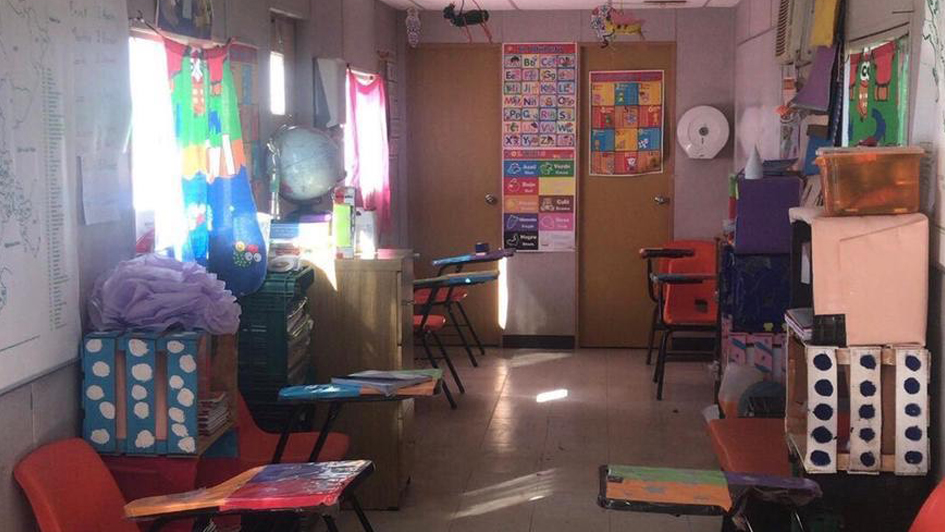
The circumstances of these children and adolescents are representative of about half of all students in Latin America. Digital learning is not an option for them. On my first day, I was handed the key to the premises. I opened the railway car and then sat down and take it all in. I thought to myself: So, this is it. I am sitting here among the tomatoes, beans, and chilis. Computers and the internet won’t work here.
There were two other teachers apart from me, and together we were responsible for around 80 students and preschool children. Every day the three of us carpooled to the village and back in one of our cars. The teenage students often traveled to school on a moped, with the smaller children sitting behind them. Five students, from 13 to 15 years old, were in my class.
So, this is it. I am sitting here among the tomatoes, beans, and chilis. Computers and the internet won’t work here.
My lessons had to convince the parents that education was more important than going to work in the fields.
I often taught math under the big tree, using a small portable blackboard while the teenagers sat around me on blocks of stone. They preferred to sit outside because it’s bitterly cold in that region and the railway car isn’t heated. This gave me the opportunity to teach them a great deal about observing their environment. But the colder it got, the fewer students came to school. Their parents were part of the reason: They frequently asked their children to help them work in the fields, sometimes from as early as eight years old. That meant that my lessons had to convince the parents that education was more important than going to work in the fields.
The COVID-19 pandemic
During the pandemic, I had to change my lessons from the ground up. At the start of the pandemic, I tried to send my students instructions for the lessons via text message. But there was no signal where they were. The teenagers had to walk to certain spots in a nearby field and hold their phones in the air to get connectivity. They don’t have large data packages for their mobile phones. The messages frequently took forever to arrive if they arrived at all. More often than not, their parents took them to work in the fields. Sometimes they were there for 12 hours and were too exhausted to do any schoolwork afterward.
The teenagers had to walk to certain spots in a nearby field and hold their phones in the air to get connectivity.
I didn’t know what to do in the beginning. How could I motivate the children and young people to learn when I rarely had the opportunity to meet them in person? For my own safety and that of the students, I no longer traveled to the village every day, going every two weeks instead. But I had to go there. Otherwise, the young people in these remote regions, closed off from the outside world, would have no access to learning materials.
So, I prepared a booklet with instructions on my own computer at home and, wearing a mask and face shield, I distributed it to the students in person. The young people wore simple masks – most families couldn’t afford anything else. The booklet I prepared included the Mexican Ministry of Education’s curriculum along with some materials on teaching and learning through experimentation. It was a blend of resources from the CREA portal and webinars from Siemens Stiftung and INNOVEC. Every task in the booklet contained a STEM experiment for the students to conduct and document.
Most of my own teaching knowledge on the subject came from the seminars I took on Experimento. Many of the materials I worked with were from the CREA platform, Siemens Stiftung’s Spanish-language education portal. It contained some excellent ideas that helped me sort out and organize my own thoughts on learning through experimentation. I learned how to instruct children in carefully observing their surroundings and to use natural phenomena to teach them biology, math, Spanish, and history.
International educational program Experimento
Discover around 130 curriculum-based experiments for all ages drawn from real-life experiences.
The online version of the teaching materials were very helpful. I was also able to print out the documents and teach them offline – in the most remote corners of Mexico. Because the materials are public and available for free, I was able to familiarize myself with them first before preparing them for the specific learning situation of my students. Once I made everything available to them, we were able to work with the materials together.
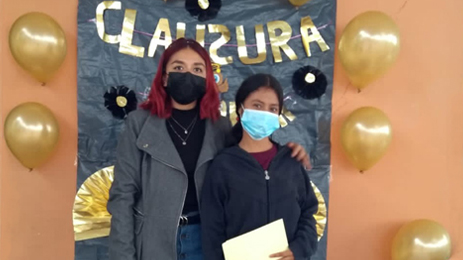
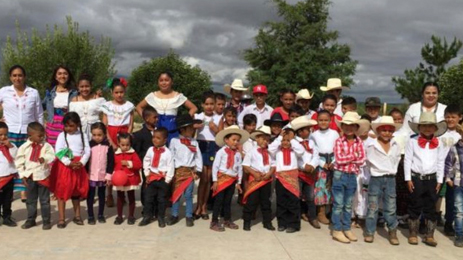
A quality-of-life experiment
Given the conditions of where they lived, how was I supposed to demonstrate hygiene or teach about clean drinking water? I spent a lot of time considering ways to convey these lessons, because the knowledge had a direct impact on my students. The area in which they lived contained only catch basins for rainwater and a couple of drilled wells. The water wasn’t even clean, let alone drinkable.
I got the idea for building a water filter from the Siemens Stiftung Media Portal. The filter is made from simple materials: a piece of cloth, a fine wire mesh, and small pebbles. To me, it seemed like a valuable experiment: definitely for the children, and for developing their curiosity and scientific knowledge, but also for their families. The students were astonished when they saw the water flowing from their filter for the first time. It was a completely different color than the contaminated water they were used to, and it tasted clean for the first time.
The students were astonished when they saw the water flowing from their filter for the first time.
The parents recognized the benefits immediately and even contributed materials.
A water filter was installed at a water source close to the school and the students used it as a model to build their own simple filters for use at home. The parents recognized the benefits immediately and even contributed materials that they found locally. The students were so proud: They discovered that they could use STEM to solve their community’s problems and that you can learn about such things at school.
These solutions have a direct impact on the children’s lives. These were the lessons the students were most enthusiastic about – they simply couldn’t get enough. Since it related to their own reality and they could see the benefit of the knowledge, they learned better and faster.
Background
I studied biology. I had never planned to become a teacher, but after I finished my degree in biology, I came across the education institution INNOVEC. I was really interested in how ‘inquiry-based learning’ and science are taught with the SEVIC Experimento program. I did every training course available for the various school levels and I even participated in the train-the-trainer program and got to train my peers. I loved it. The workshops and programs introduced me to the field of teaching what it meant to be a teacher.
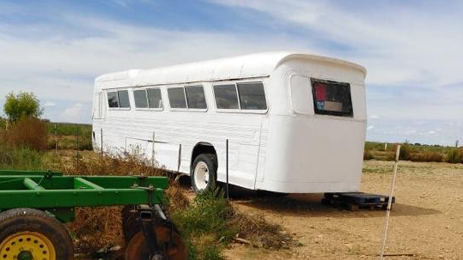
When my mother became ill with cancer and I had to help support my family financially, I decided start teaching on a regular basis. Here in Mexico, we have developed an education system especially for remote communities. It was designed to give all students access to education, even those in the most remote regions and villages. The system is based primarily on remote education and is geared toward children 12-15 years old.
I taught in small, remote locations that were far removed from any kind of formal system.
Before the widespread availability of the internet, radio and television were used to deliver this educational format. State channels were developed especially for education programs and content. Like me, many of people starting out in this program didn’t have a teaching qualification. I completed the INNOVEC training course, but I was first and foremost hired as a biologist in the natural sciences.
My teaching positions were all equally challenging. I taught in small, remote locations that were far removed from any kind of formal system, be it education, technology, or social. I always taught large groups of children from the most diverse backgrounds and education levels. I often taught subjects for which I had no training. The pandemic only made matters worse.
Now
I recently started teaching 15 pupils at another location. Here we can get a mobile phone signal, which means I can communicate with the children on WhatsApp. It works wonderfully! I send them exercises as text or audio files and images. I try to link the curriculum to the young people’s own experiences as closely as possible here, too.
In this group, many parents are engaged, asking questions and learning together with their children. We hold discussions in the group about how science and art are connected.
In this group, many parents are engaged, asking questions and learning together with their children.
I often ask them what they have seen today. ‘Take a step back and photograph whatever you find to be the most interesting. It can be anything, no matter how small.’
The students send me the most fascinating photos, from blades of grass to horses. Sometimes they write ‘I’m lying on the grass and looking up at the sky and looking at the clouds.’ Others send photos of flowers or the dishes they are about to eat. And then we discuss them.
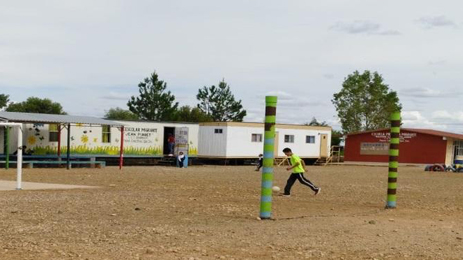
We also talk about social and emotional issues. The pandemic in particular is causing young people to experience new kinds of pressure when it comes to their friendships and social lives. Even the parents ask me questions about how they should deal with their children’s feelings of isolation and their lack of direct social contacts. I must be creative with my responses. And despite the limitations of WhatsApp, it has turned out to be a surprisingly useful tool for facilitating interesting discussions.
Another education project of the Siemens Stiftung’s initiative STEM Education for Innovation creates podcasts and runs virtual cafés by and for educators, helping them to teach during the pandemic. I was interviewed for it. Through the project, I encountered other teachers all over Latin America who were in similar situations. They had all worked with Experimento and the digital resources from CREA and the Media Portal, making the materials accessible offline to their students during the pandemic. The network is incredibly useful and discussing our experiences can be really inspiring.
Centro Recursos Educativos Abiertos (CREA)
All Experimento experiments and teaching materials are accessible online for free.
As part of my master’s thesis, I would like to develop a solar-powered heater with the young people there.
Although I am currently studying for my master’s degree, I continue to work with the students. I’ve kept in touch with some children from the ‘Place with an Abundance of Wells’ even after I was moved to another school. As part of my master’s thesis, I would like to develop a solar-powered heater with the young people there to help tackle the cold in that remote region. For the students of Escuela Jornaleros Migrantes, it would mean that their railway-car-turned-classroom would be heated on a regular basis. They would also get sick less often, because their families’ huts would also be heated. Furthermore, it would lead to greater acceptance of school education among the families. That’s my goal and I am sure I’ll achieve it
We are still short of funds for the materials; the parents cannot afford to contribute to them. But I will figure something out. Until then, I’m sure the young people will apply the knowledge they gained from constructing the water filter to the next migrant worker settlement they live in, if their parents move on once the season is over.
September 2021
STEM Education for Innovation
Together with partners in Argentina, Brazil, Chile, Colombia, Ecuador, Mexico, and Peru, we adapt STEM teaching and learning content for digital use in the classroom. The initiative is supported by Siemens Caring Hands e.V. and the German Federal Foreign Office.
